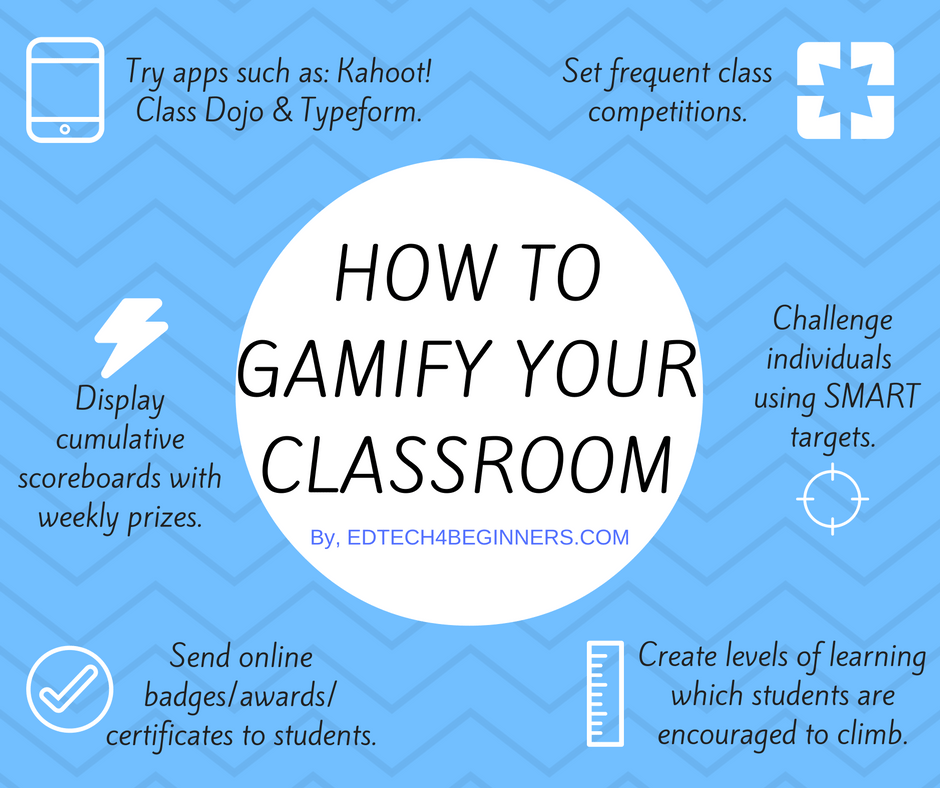Do your students have a competitive streak? Some might play endless rounds of rock-paper-scissors in the hallway or flick triangular paper footballs across finger goal posts at lunch. Others might get competitive during gym class or challenge their peers to games on their phones once school is out. Classroom contests are a great way to channel that energy.
For many students, competition is exciting. It is a way to flex their strengths and play with their peers. Competition can also be healthy in the classroom – with the right lesson plans and instructions. Here are a few ways to boost student engagement by bringing competition to the classroom in multiple forms.
Make Classroom Contests Part of Different Subjects
Some subjects lend themselves to competition more than others. A few of your students may get overly competitive during gym class or at recess – almost to a fault. However, it is harder for other students to flex their competitive muscles in other areas, like reading and art. As you develop your lesson plans, consider building competition into different subjects and topics.
Competition in different areas allows different students to shine, as not everyone has the same strengths. For example, a student who loves to read might win an award for the most books read over a semester. A different student might excel as a mathlete or build a robot for the science fair.
There are multiple ways to add healthy classroom contests to your lessons. You can create a Jeopardy board with questions ahead of a test to help students review material. You can create team challenges where students solve problems in groups. Even using an online quiz tool can help kids compete in a healthy way. These competition-based lessons can be as simple or complex as you want them to be.

Source: EdTech 4 Beginners
Group Students of Different Abilities Together
As you introduce a new competition, you may notice that some students are more excited to participate than others. Student engagement tends to peak with top performers. The kids that have the best grades will look at other high-performing peers as competition while ignoring their classmates that likely won’t do as well. This causes other students to just give up.
“Motivation to compete decreases as one gets closer to the bottom of the class,” says Joyette Helen Fabien, a high school English and literature teacher. “This means that while students who place in the top and even perhaps the middle positions may be motivated to compete with those whom they perceive as close rivals, there is hardly any motivation for those who constantly come at the bottom of the class.”
As you develop competitive games, look for opportunities to mix different groups of students. This can engage students who aren’t necessarily top-performers because they will have a chance to win as a team. Keep changing up teams with each competition, this way you won’t accidentally make a dominant team that continues to beat everyone else.
Show That It is Okay to Lose
Competition isn’t always healthy. Sports fans often see baseball players throw bats onto the ground angrily or watch groups of football players shove each other after a play. However, competition is also part of life. Your students will compete for positions at universities, jobs in their career fields, and other opportunities as they get older.
As a teacher, you can help students develop healthy losing habits through competition. One way to do this is by creating several low-stakes competitions throughout the year. For example, if you create a study-based lesson plan that gives the winning team five extra points on a test, each student will want to win that award. However, the incentive isn’t high enough for students to act out when they lose. Plus, if you host multiple study games throughout the year, students can learn that they will win some and lose some – it’s all part of life.
Yes, students will face bigger problems as they get old than losing in the games you create, but you can help these kids learn that loss is normal and healthy.
Find Classroom Contests That Relate to Student Interests
You can also boost student engagement through competition by building challenges that relate to students. For example, you can create a lesson plan where students use math concepts to create a robot. Students can write a play with a theme of their choosing to learn about the different parts of a story.
Individualized engagement can be found across your school. It is actually why more schools are developing eSports teams and other digital events. While parents might think these are video game clubs, eSports teams are held to the same attendance and grade requirements as any other sport – from football to soccer and hockey. If a student doesn’t attend class, they can’t play on the team. This motivates learners to show up and pay attention in order to flex their competitive streak with friends after school.
Not only is competition important, but it also allows students to tap into their interests and strengths. They can find value in themselves, which can motivate them to keep participating.
Use Classroom Contests to Build Friendships
The competitions you develop in your classroom can have other social-emotional learning benefits that you can take advantage of. Competition is a social activity. It allows students to talk to each other and acknowledge that other people have strengths outside of their own. Students who compete together in one class might be more eager to study together in a different subject. Different social groups can break down barriers are kids realize they have more in common than they realize.
Use your competition-based lesson plans to let students work together and get to know one another. Even students who don’t get along at first might be able to work together in the future if they win as part of a team-based competition.
eSpark Allows Every Student to Thrive
At eSpark Learning, we are experts in how kids play and learn. This is how we developed a system where every student can compete on their own level and challenge themselves to do better. With differentiated learning, each student is presented with concepts they need to work on individually. No longer will some students give up because they think their peers know more. Every student can complete quests and challenges at their own pace.
Each student has their own strengths. The right competition can tap into these strengths and make students value their skills and knowledge. Our goal is to build self-confidence as well as knowledge. Try eSpark today and learn how it can benefit your classroom.



